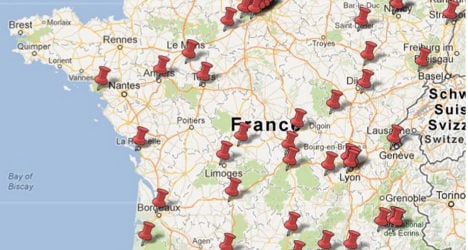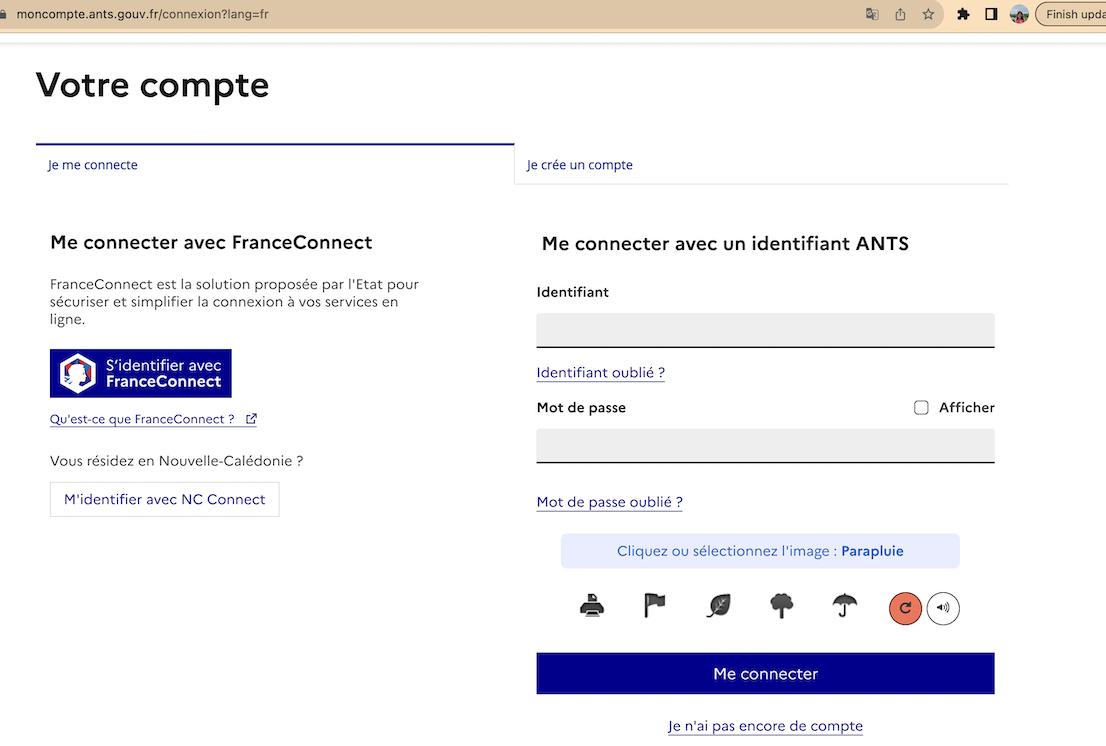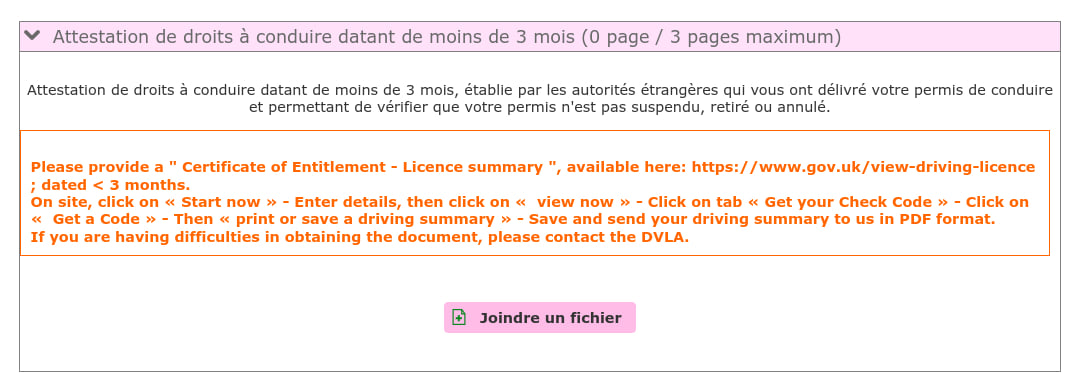Incoherent speed limits, hidden or sneaky positioning of cameras– these are just some of the biggest bug-bears among French drivers revealed in a report on Monday from drivers’ rights group ‘40 millions d’automobilistes’.
With the help of witness testimonies from thousands of drivers the motorists organisation has managed to put together a list of the most sneaky speed cameras across France that are regularly trapping drivers and leaving them infuriated.
“On the D338 between Tours and Le Mans, I was flashed at 80 in a 70 zone, even though traffic in the opposite direction is limited to 90! It’s scandalous,” one irate driver's testimony.
“By the banks of the Seine. 4am. Not a cat on the road. No intersection coming up, and there, planted behind a huge tree is a nice little radar flashing anyone over 50 km/h," said another.
Referring to the thousands of similar accounts Head of 40 Millions d'automobilistes, Pierre Chasseray, said “these are situations that give law abiding drivers the impression that the speed cameras that flash them serve more as a piggy bank than anything else”.
The organization has compiled testimonies from just some of its 320,000 members, and designed a map of France featuring the 72 sneakiest, most dangerous, most unfair speed cameras in the country.
The document – titled "Tell me about your radar: for speed to be respected, it must be respectable" – shows a wide variety of complaints about France’s system of speed radars.
Some motorists lament the fact that radars are often placed at the bottom of hills and other declines, where it’s difficult to decelerate.
Others are bothered by long stretches of road with a certain speed limit, interrupted by a short section with a much lower limit, where a speed camera is placed.
This is not the first time speed cameras have caused controversy in France.
Earlier this month, The Local reported how a rogue group of French traffic police were facing possible disciplinary action after disabling and “blinding” speed radars on motorways near the eastern city of Lyon.
The gendarmes were protesting against what one of them called “a road safety system based on financial gain”.
In March, French police rolled out 20 secret, "undetectable" speed cameras, built in to passing police cars, a move which caused concern for motorists' advocate Chasseray.
"If these devices are used to trap the real speeding drivers, the criminals and the real dangerous drivers then that will be a good thing," he told The Local.
"If they are used to trap ordinary drivers who might be slightly over the limit, then that will be counter-productive in terms of road safety."
To find out more about where France's sneakiest speed cameras are positioned, click here.





 Please whitelist us to continue reading.
Please whitelist us to continue reading.
Member comments